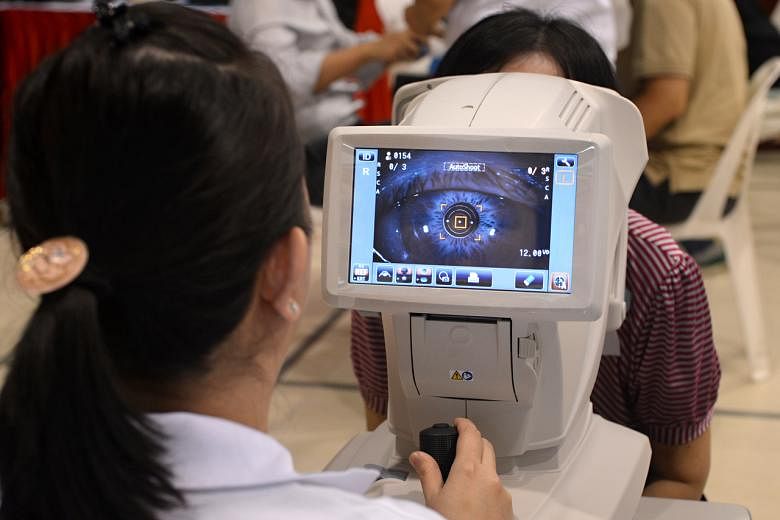When Mr Gan Kim Yong became Health Minister in 2011, he set up the Healthcare 2020 Masterplan. His goal was to ensure the accessibility, quality and affordability of healthcare.
But according to an international peer-reviewed survey published in the Contact Lens And Anterior Eye journal, Singapore's current primary eye care model still remains costly and specialist outpatient clinics in public hospitals are still seeing overwhelming numbers of non-urgent cases.
The Ministry of Health has been regulating the practice of optometry since 2007. For the past 12 years, it has also been maintaining a register of optometrists who are trained in primary eye care services. They hold qualifications such as polytechnic diplomas, bachelor's degrees, master's degrees and PhDs. But the survey found that the optometrist's skills in addressing primary eye care issues remain underutilised by the public.
The survey found several barriers in the provision of primary eye care services, the major ones being remuneration, time and the costs involved in further training.
Inadequate remuneration may indicate that some optometrists who do not impose a professional fee may have to absorb either the full cost or part of the cost for providing primary eye care services.
The costs involved in further training are high because polytechnic diploma holders often have to consider overseas universities since local ones do not offer a degree in optometry.
It would be great if a government task force could be set up to address the concerns of optometrists.
Yap Tiong Peng (Dr)

